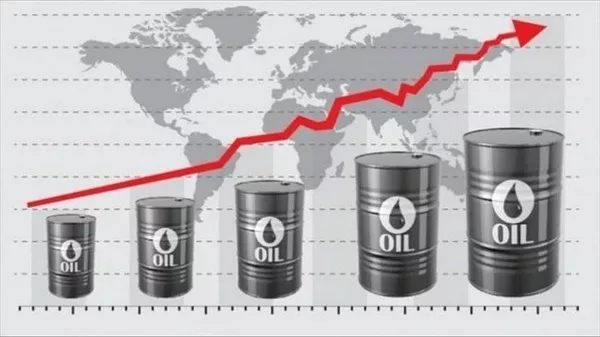Investing in oil can be a lucrative venture for individuals looking to diversify their portfolio and take advantage of price fluctuations in the energy market. One way to participate in the oil market is through buying oil futures options. In this beginner’s guide, we will explore the basics of buying oil futures options, including what they are, how they work, and the factors to consider before getting started. By understanding the fundamentals of oil futures options, you can make informed investment decisions and potentially profit from movements in the oil market.
Understanding Oil Futures Options
- Definition of oil futures options: Oil futures options are financial derivatives that give the holder the right, but not the obligation, to buy or sell a specified quantity of oil at a predetermined price (the strike price) within a specific time frame (the expiration date). These options are traded on commodities exchanges, providing investors with the opportunity to speculate on the future price movements of oil.
- Call options vs. put options: There are two types of oil futures options: call options and put options. A call option gives the holder the right to buy oil at the strike price, while a put option gives the holder the right to sell oil at the strike price. Investors can choose to buy either call options or put options based on their market expectations.
- Contract specifications: Each oil futures options contract represents a specific quantity of oil, typically measured in barrels. The contract also specifies the strike price and expiration date. It’s important to understand the contract specifications before entering into an options trade.
How Oil Futures Options Work
- Premium and option price: When buying oil futures options, you’ll need to pay a premium, which is the cost of the option. The premium is influenced by various factors, including the current price of oil, the strike price, the time to expiration, and market volatility. The option price will fluctuate as these factors change.
- Exercising options: As the holder of an oil futures option, you have the right to exercise the option. If the option is in-the-money (the underlying oil price is favorable), you can exercise the option and profit from the price difference. Alternatively, if the option is out-of-the-money (the underlying oil price is unfavorable), you may choose not to exercise the option and let it expire worthless.
- Managing risk: Buying oil futures options can offer potential rewards, but it also involves risks. The maximum risk is limited to the premium paid for the option, as the holder can choose not to exercise the option if the market conditions are unfavorable. It’s important to have a risk management strategy in place and only invest what you can afford to lose.
Factors to Consider Before Buying Oil Futures Options
- Market analysis: Before entering into an oil futures options trade, conduct thorough market analysis. Consider factors such as supply and demand dynamics, geopolitical events, economic indicators, and industry trends. Stay informed about the oil market through news, reports, and analysis to make informed investment decisions.
- Options pricing and volatility: Understand how options pricing works and the impact of market volatility on option prices. Volatility affects the premium you pay for the option, and high volatility can increase the price of the option. Consider the volatility of the oil market and assess whether it aligns with your risk appetite and investment strategy.
- Time and expiration: Take into account the expiration date of the options contract and the time frame within which you expect the oil price to move in your desired direction. Longer-dated options provide more time for the market to move in your favor but may come with a higher premium.
Seeking Professional Advice and Education
- Consult with a financial advisor: If you’re new to investing in oil futures options, it’s advisable to seek guidance from a qualified financial advisor. They can provide personalized advice based on your financial goals, risk tolerance, and investment experience.
- Education and practice: Familiarize yourself with the concepts of options trading and the intricacies of the oil market. Take advantage of educational resources, online courses, and simulated trading platforms to practice trading oil futures options before committing real capital.
- Risk management and diversification: Diversify your investment portfolio to spread risk across different asset classes and markets. Avoid investing a significant portion of your capital solely in oil futures options. Adopt a risk management strategy that includes setting stop-loss orders and regularly assessing your investment performance.
Conclusion
Buying oil futures options can be an exciting way to participate in the oil market and potentially profit from price movements. However, it’s important to understand the basics of options trading, conduct thorough market analysis, and assess your risk tolerance before getting started. Remember to seek professional advice, continue educating yourself, and adopt sound risk management practices to enhance your chances of success. With diligence and informed decision-making, you can navigate the world of oil futures options and potentially capitalize on opportunities in the energy market.


